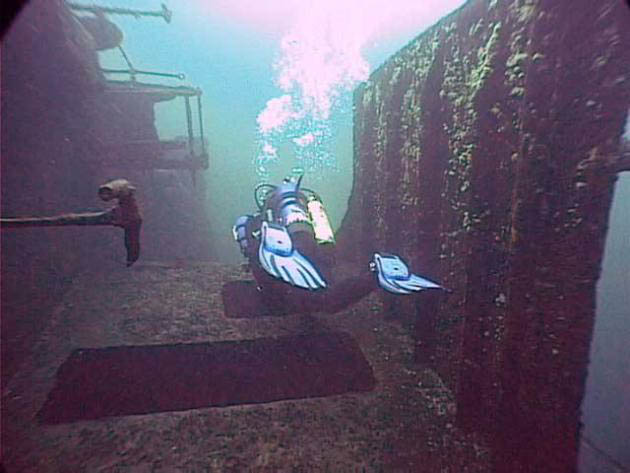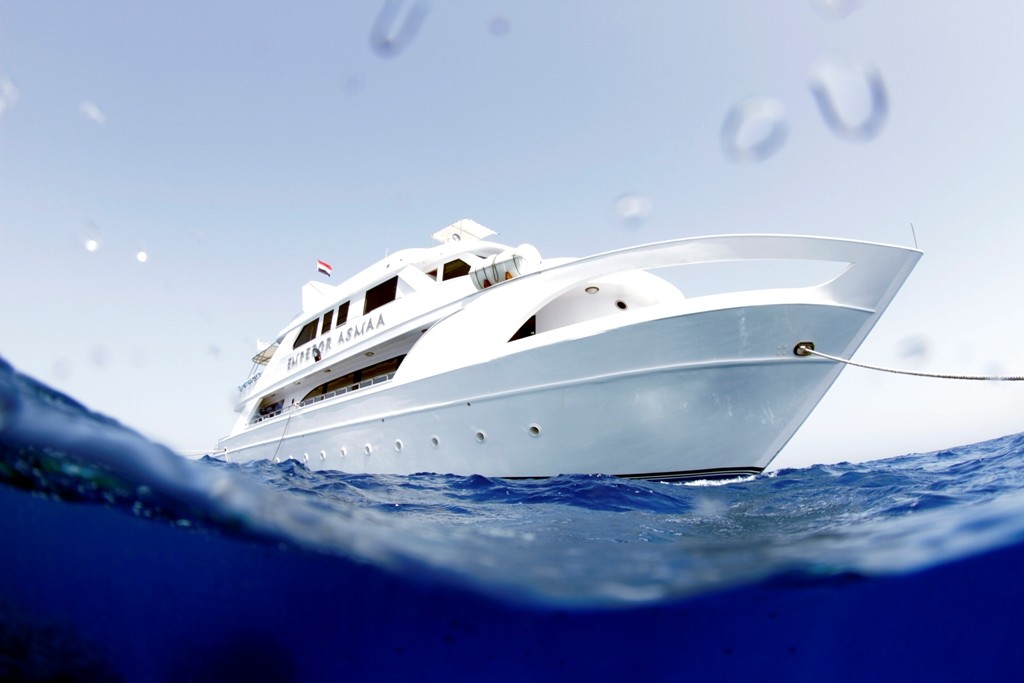 Scuba divers love to explore shipwrecks. But they must do it without touching the wreck. Wooden hulls can be can be easily damaged after lying at the bottom of the St. Lawrence River. “Wood underwater for 200 years is more like sponge,” says Tom Scott, a scuba diver and a member of a volunteer organization called Save Ontario Shipwrecks.
Scuba divers love to explore shipwrecks. But they must do it without touching the wreck. Wooden hulls can be can be easily damaged after lying at the bottom of the St. Lawrence River. “Wood underwater for 200 years is more like sponge,” says Tom Scott, a scuba diver and a member of a volunteer organization called Save Ontario Shipwrecks.
Scott volunteers with the group’s Thousand Islands chapter, whose diving is centred on the St. Lawrence River. It advises divers who ask for help on safety issues and things not to do under water. For instance, they need to know that removing objects from wrecks can get them into serious trouble with the law. The chapter members also help new divers with manoeuvring in close quarters, which will help them get closer to ships without touching them.
The Thousand Islands chapter is the most active of 12 chapters and also the largest, with of 45 to 50 members.
“We take care of eight wrecks,” says Scott, adding that they are geared toward open water divers. Other wrecks that they don’t support are either in water too deep or in a bad location, such as proximity to the shipping channel. The St. Lawrence Seaway authority and the coast guard work with the Thousand Islands chapter.
Divers are not permitted to tie a line to a wreck because it probably would damage the sunken ship. Instead, concrete blocks have been put on the river bottom in the proximity of a wreck. A line to these concrete blocks secures dive boats and saves the wrecks from damage.

“One of our mandates is ‘leave nothing but bubbles. Don’t touch a wreck,” says Scott. “The root cause of damage on wrecks is that divers aren’t properly trained. The goal is low-impact diving.
The chapter members have built a concrete sculpture where new divers can practise buoyancy and their ability to manoeuvre so they will know how to handle themselves when they are near a wooden shipwreck.
The St. Lawrence River has its share of history. In the early days of the War of 1812 between Britain and the United States the British caught two American ships 25 yards inside what is now Canada. They lashed the ships together, place cannon balls on them so they would sink and then set them on fire. The crews were put on islands. The fact that they didn’t harm them is evidence that this war was more of skirmish.
There are artifacts in the river but the Thousand Islands chapter does not mark them so they cannot be pillaged.
Scott says Americans dive in the ocean where recovery of an artifact is a free gain. “On inland waters we do not have that right. If an artifact has been on the bottom for a year it belongs to the Canadian government. That also applies to all the Great Lakes . . . all the navigable big water. Ownership reverts to the Crown.”
Scott says you don’t have to be a scuba diver to join Save Ontario Shipwrecks because some roles are on dry land, as you will see below. They are now planning an underwater memorial, complete with sculptures.





